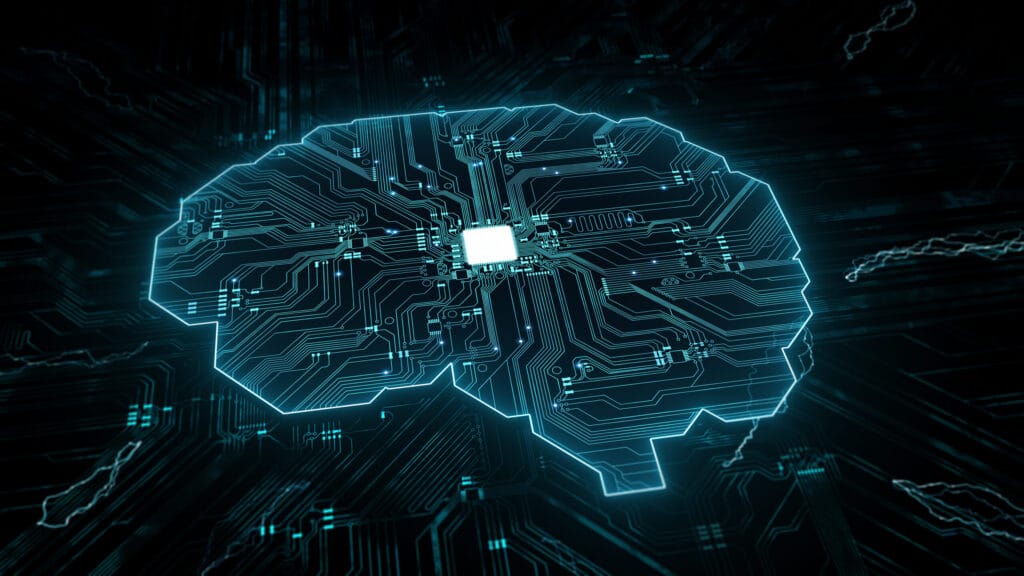
Exploring the Frontier: AI Generative Business
In recent years, the rise of generative AI has captivated industries around the world, ushering in a transformational era where artificial intelligence not only analyzes data but also creates new and innovative solutions. From creating engaging marketing materials to designing new products, AI generative technology is rapidly reshaping the business landscape. This blog post delves deep into how AI generative business models are evolving, what opportunities they present, and what challenges they pose.
The AI Generative Revolution
Generative AI refers to algorithms that can generate new content based on patterns learned from existing data. Unlike traditional AI, which typically focuses on classification and prediction, generative AI creates original content, including text, images, music, and even video. This capability arises from advanced models such as generative adversarial networks (GANs) and transformer-based architectures such as Open AI’s GPT series.
For businesses, this technology offers unprecedented opportunities. Companies can leverage generative AI to streamline operations, enhance creativity, and foster innovation. Here are some key areas where AI generative models are making a significant impact:

1. Content creation and marketing
Content marketing is a cornerstone of modern business strategies. AI generative models can automate and improve content creation, from crafting blog posts and social media updates to generating marketing copy and product descriptions. For example, GPT-4 can produce high-quality text that can be fine-tuned to match the brand’s voice, reducing the time and cost associated with content production.
Additionally, generative AI tools can analyze consumer behavior and preferences to create personalized content at scale. This means businesses can connect with their audiences more effectively by delivering tailored messages that resonate with individual preferences and behaviors.
2. Product Design and Development
In the field of product design, generative AI has the potential to revolutionize the way products are conceptualized and developed. By inputting parameters such as materials, dimensions, and intended use, AI can quickly produce multiple design prototypes. This is particularly beneficial in industries such as fashion, automotive, and consumer electronics, where design innovation is crucial.
For example, fashion brands are using AI to create new clothing designs based on current trends and consumer data. Similarly, automotive companies are exploring generative design to optimize vehicle parts for performance and efficiency. This approach not only speeds up the design process but also boosts creativity by generating new ideas that could not be imagined through traditional methods.
3. Customer Service and Support
AI generative models are also transforming customer service by enabling the development of sophisticated chatbots and virtual assistants. These AI systems can handle a wide variety of customer inquiries, deliver personalized responses, and even make helpful suggestions based on user interactions.
By analyzing past customer interactions and understanding context, generative AI can deliver responses that are more natural and relevant, improving the overall customer experience. This increases satisfaction and allows human agents to focus on more complex and nuanced issues.
4. Financial Forecasting and Strategy
Generative AI can be a powerful tool in financial forecasting and strategic planning. By analyzing historical data and market trends, AI models can generate forecasts and scenarios that help businesses make informed decisions. For example, AI can simulate various financial models to forecast revenue, assess risk, and optimize investment strategies.
In addition, generative AI can assist in creating detailed reports and presentations by automating the aggregation and synthesis of data. This streamlines the decision-making process and ensures that stakeholders have access to the most relevant and up-to-date information.
5. Personalized User Experience
Personalization is a key driver of customer satisfaction and loyalty. Generative AI can create highly personalized experiences by analyzing user data and generating content or product recommendations tailored to individual preferences. This level of personalization enhances user engagement and increases the chances of conversion.
For example, streaming services use generative AI to recommend movies and shows based on viewing history and preferences. E-commerce platforms leverage AI to suggest products that match customer preferences and past purchases. This not only improves user experience but also increases sales and customer retention.
Challenges and Considerations

While the potential of generative AI is enormous, it also comes with its own challenges and considerations:
Ethical concerns: Generative AI can produce content that is credible but potentially misleading or harmful. Ensuring that AI-generated content adheres to ethical standards and does not propagate misinformation is critical. Data privacy: AI models rely on large amounts of data to produce accurate and relevant content. Businesses must address privacy concerns and ensure that data is handled responsibly and in compliance with regulations. Quality control: While generative AI can produce high-quality content, it is not infallible. Human oversight is necessary to review and refine the outputs produced by AI to ensure they meet quality standards and align with business objectives. Cost and complexity: AI generative models can be costly and complex to implement. Businesses need to invest in technology, talent, and infrastructure to effectively leverage these tools and integrate them into their existing systems.
The Future of Generative AI Business
Looking ahead, the role of generative AI in business is set to grow even more. As technology advances, we can expect more sophisticated and versatile AI models that offer enhanced capabilities and greater accuracy. Businesses that adopt these advancements will be well-positioned to take advantage of new opportunities and stay ahead of the competition.
Furthermore, the collaboration between human creativity and AI will likely become more seamless, with AI enhancing human input rather than replacing it. By leveraging the strengths of both, businesses can achieve a new level of innovation and efficiency.